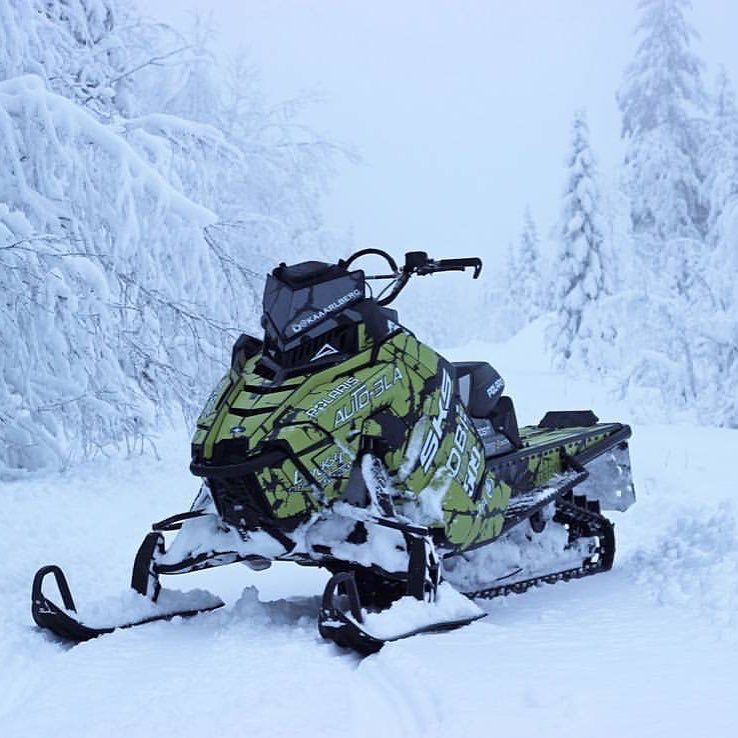Documents you'll need:
Important information about sales tax and the ST-6E form:
 We no longer require an ST-6E (sales tax exemption form) for this type of registration.
We no longer require an ST-6E (sales tax exemption form) for this type of registration.| Name | Fee | Unit |
|---|---|---|
| Resident ATV or snowmobile registration | $44 | 2 Years |
| Non-resident ATV or snowmobile registration | $33 | 1 Year |
| Vintage Snowmobile | $44 | each (One time fee) |
| Transfer of Registration | $16.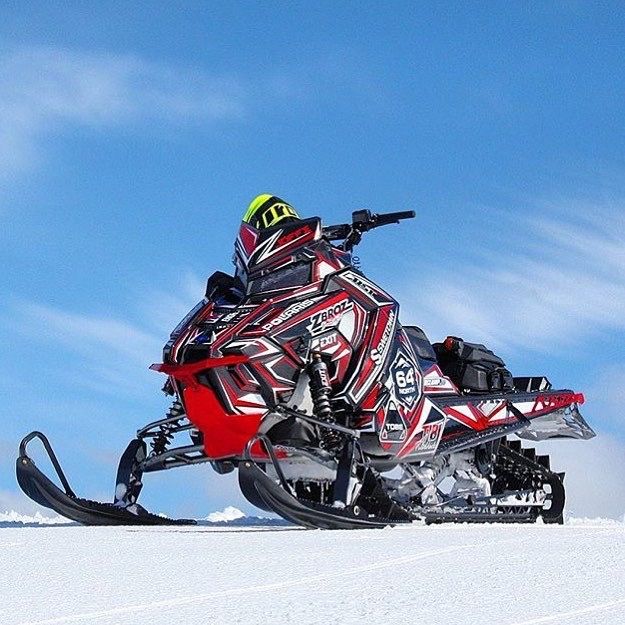 50 50 | each |
| Duplicate Decals | $5.50 | each |
| Dealer Permit (ATV or snowmobile) | $55 | each (One Year) |
| Dealer Registration | $44 | each (Two Years) |
Bring the documents listed above, as well as a check or money order (made payable to the Commonwealth of Massachusetts) or credit card / debit card, to one of our 5 registration offices (locations listed at the top right of this page).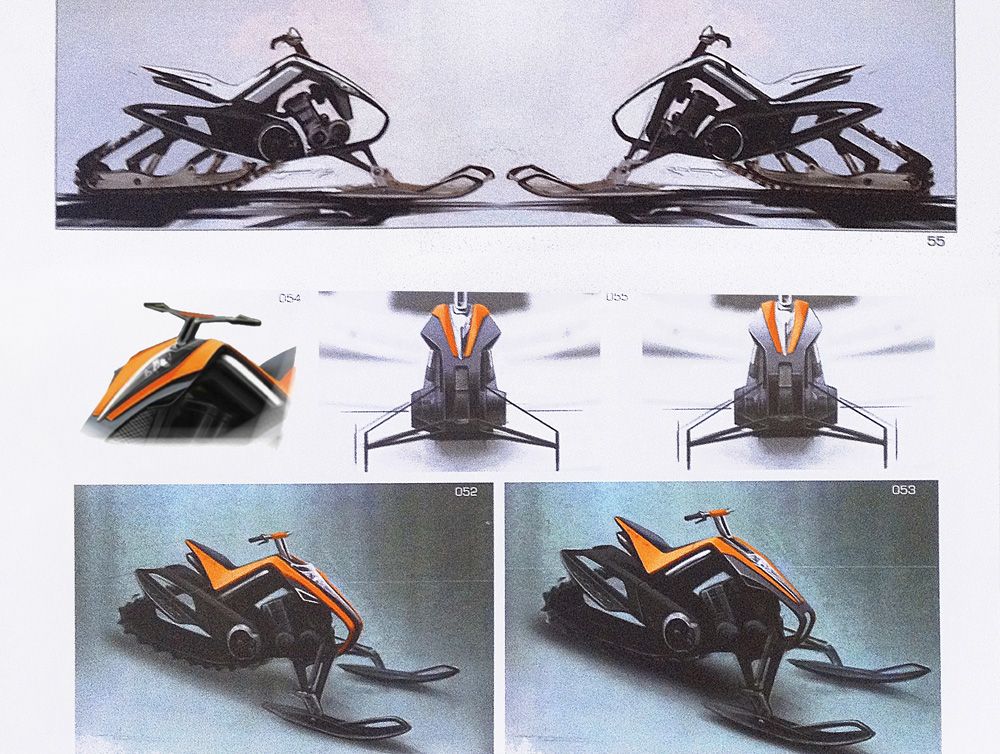
Mail in your required documents to one of our registration offices, along with a check or money order for the appropriate fee made payable to the Commonwealth of Massachusetts.
Feedback
You might be wondering which of the two is better – ATV vs snowmobile with tracks? Though ATV on tracks can be costly, this option is great. However, keep in mind that quads aren’t intended for snow, whereas snowmobiles are, and you can specifically get tracks for snowmobiles for different snow conditions.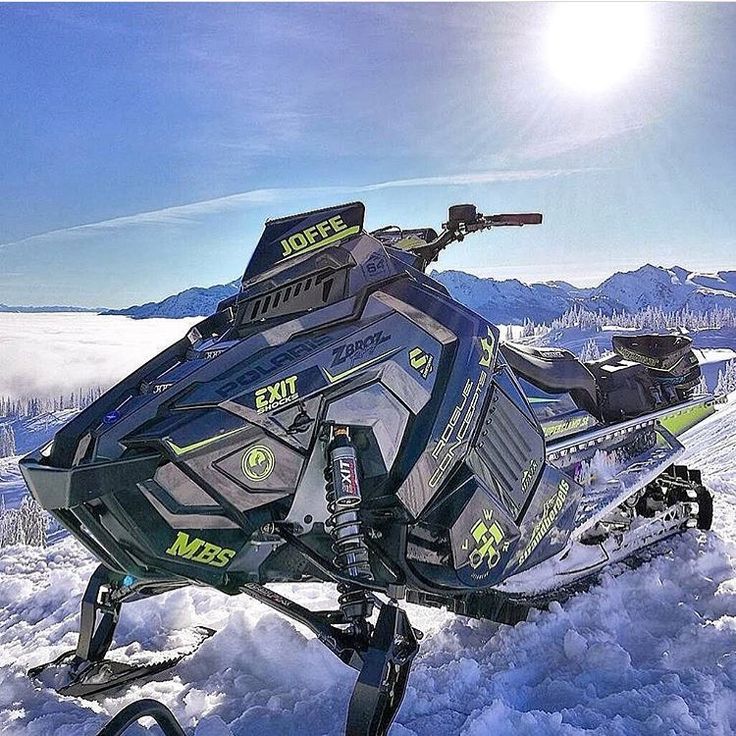
In this post, we’ll compare snowmobiles and ATVs so you can make an informed selection.
When it comes to comparing tracks with snowmobiles and ATVs with tracks, there are many key aspects to consider.
Snowmobiles are always the superior option when it comes to power and are nimbler on thick snow. ATVs, on the contrary, perform well on dry land and compact snow. While an ATV with tracks may struggle to drive through heavy snow, these snowmobiles can easily navigate it.
However, one of the most significant advantages of utilizing tracks on ATVs is that they may be utilized all year. You do not need to spend additional funds only to purchase a car for winter use.
The main downside of utilizing tracks on ATVs is that it significantly decreases the vehicle’s speed.
Snowmobiles are lightweight and therefore easier to handle as compared to ATVs. The average weight of an ATV is 590 pounds, and the average weight of a snowmobile is 491 pounds.
Each brand, model, and size has its weight determined by usage and whether or not any modifications have been added. Snowmobiles are, on average, significantly lighter than four-wheeled quads with tracks. Snowmobiles are simpler to manage even in deep snow, but ATVs are heavyweight. When tracks are added, they become heavier.
The most important elements to consider when determining the weight of a snowmobile are its engine size, length, build material, and fuel tank.
Considering snowmobiles and ATVs aren’t usually utilized on the same terrain, their design might differ significantly.
ATVs or all-terrain vehicles can traverse all types of terrain. They are ideal for sand-covered, deep water, slippery, mountainous, and even snow-covered routes, and therefore come handy for recreational and other purposes.
They’re utilized in a variety of fields, including the government, building, and mapping. ATVs are built to be tough and robust, making them ideal for difficult terrain.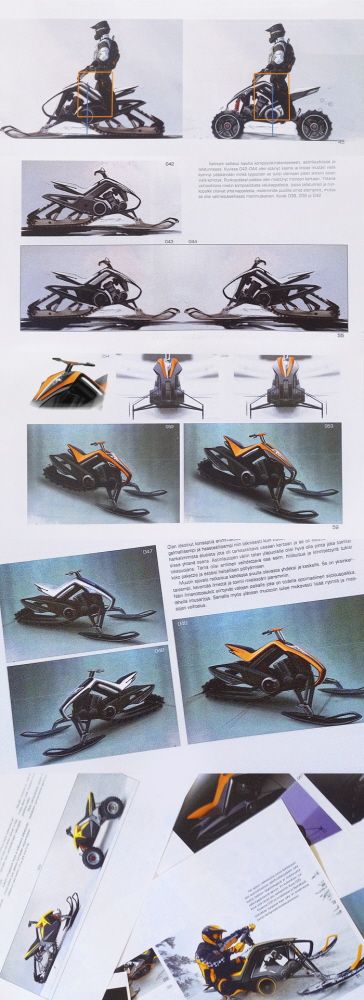
Snowmobiles, on the contrary, are excellent for snow or ice landscapes. These vehicles have a distinct build with two skis in the frontal portion and a track. The vehicle does not have back wheels. This unique design allows you to maneuver the car over the ice effortlessly.
Since snowmobiling is done during winters, you can always wear another layer of clothing to warm yourself up. However, whilst with quads, if the temperatures increase significantly, you will have to dress accordingly.
If you fall on snow while having several layers of clothing on you, there is minimal possibility of an injury. On the contrary, if you fall while quading, you can sustain major injuries. The main reasons being the hard terrain and fewer clothes due to the hot weather.
ATV tracks provide better stability than all-terrain tires since they have a larger surface area. One significant advantage of utilizing tracks on ATVs is that it decreases the number of accidents caused by rollovers.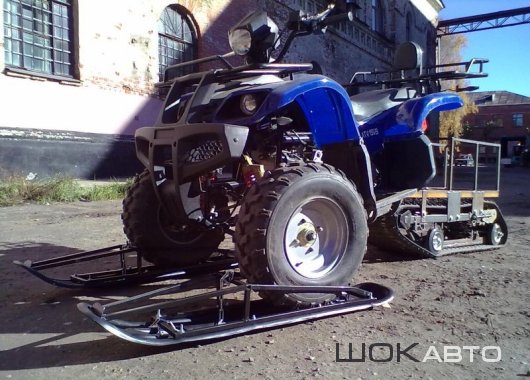
You’ll need to invest in some protective gear in addition to purchasing the car of your choice. On an ATV or snowmobile, just like you would on a bike, you must ensure that you are completely safe.
Helmets, eyewear, a jacket, trousers, gloves, and strong footwear are required for both vehicles. However, since snowmobiling is done in cold temperatures, you will require additional layers of clothing. And, for quadding, hot weather would demand fewer clothes.
Both snowmobiles and ATVs are quite simple to operate after mastering the fundamentals and becoming acquainted with their systems. Learning to operate an ATV is so simple that many regions allow teenagers to do so without a license. However, paved roads can be difficult to manage.
ATVs are multipurpose vehicles that are far safer than sleds. One can also add windscreens and warmers to your ATVs if required for a more pleasant and safe ride through the snow, but this is not possible on a snowmobile.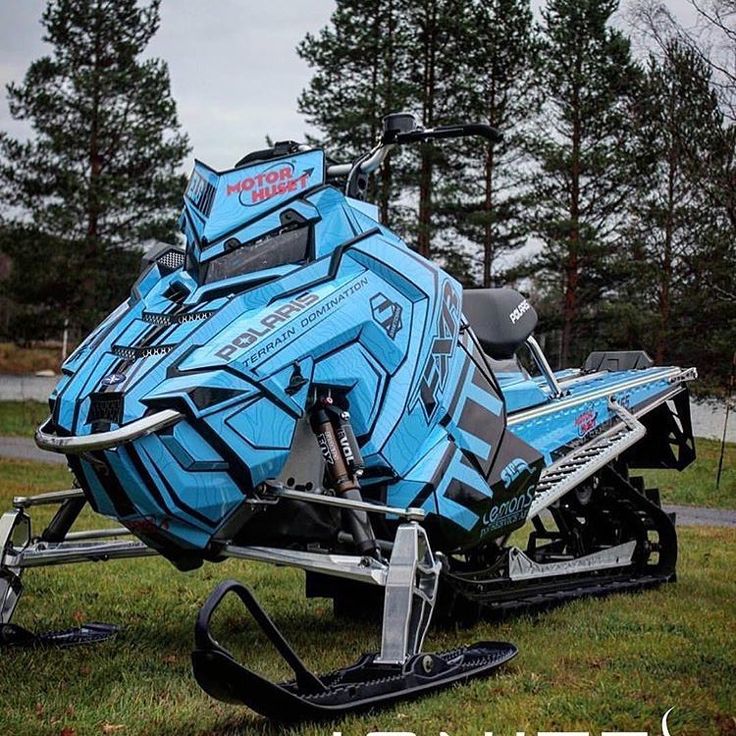
On the contrary, snowmobiles are more difficult to ride, particularly for novices. Even some of the most skilled drivers might become stuck since they do not rely on wheels to operate. This gets easier after the fourth or fifth practice.
Snowmobiles and ATVs, generally, do not require a license to operate. It depends on whatever state you live in when it comes to snowmobiles. However, before you acquire one, we recommend taking snowmobile classes.
You’ll get a better understanding of how to utilize them and, more crucially, how to avoid possible dangers. The individuals who work there should tell you all you need to know about such vehicles. Your tutors will also advise you on how to handle a potentially dangerous scenario.
ATVs on the other hand may be driven on regular roads. For operating one of these, most states will need you to have a driver’s license. This ensures that you will be aware of all the laws that exist on the road. It’s possible that you won’t need a license to travel off-road.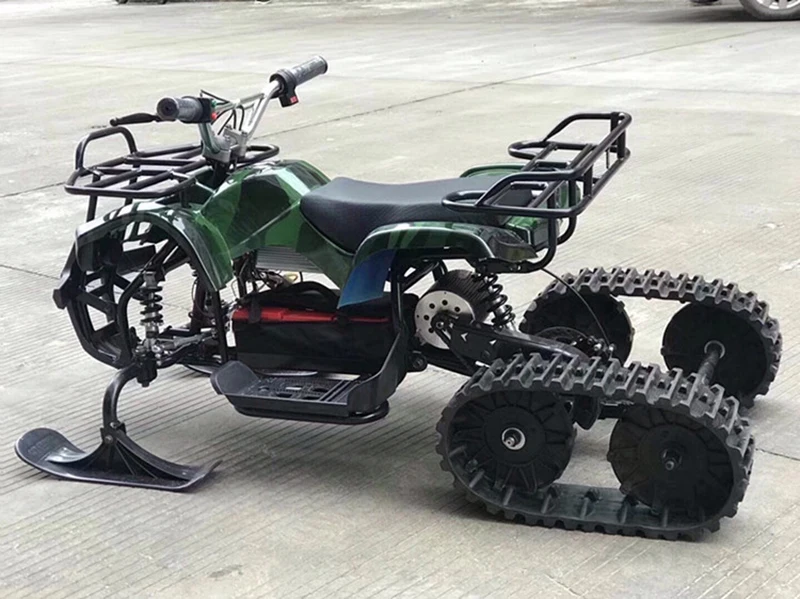
Although these vehicles are identical in many respects, certain distinctions distinguish each of them. A snowmobile is your best choice if you’re looking for an adventure in the snow. An ATV, on the contrary, is ideal for rough, sandy, and snowy terrains, as well as being easy to maneuver.
Articles
26 Feb
If you like a good time, ie outdoor activities, hunting, fishing or traveling, then in many cases it would be nice to have a quad bike or snowmobile. As you can already understand, these two modes of transport are of the same type, with the exception that a snowmobile needs snow, and an ATV does not care which road or off-road to ride on. And here the question is born, if the ATV does not care what to ride, then why buy a snowmobile? In this article, we will consider why a snowmobile ATV is needed, and in what cases it is much more profitable than a regular ATV.
When this question arises, it is very difficult to find the answer, it is better to decide and buy one thing without hesitation, but a person who is really fond of active pastime has a goal to buy one and the other vehicle. As you could understand from the name of a snowmobile, the main requirement for it will be the presence of snow, and this is due to the seasons of the year and you will not affect the weather in any way. If we talk about power, then snowmobiles win by a significant margin. But it should also be noted right away that snowmobile ATVs weigh quite a lot due to the devices for driving in the snow. And if you calculate the specific power, then it turns out that the values in horsepower are approximately the same or even slightly less. But if we take into account that when driving on ice or snow, the coefficient of friction is much lower than when driving on the ground with rubber wheels, and the power is approximately the same, we can conclude that the snowmobile ATV will be much faster than its wheeled opponent.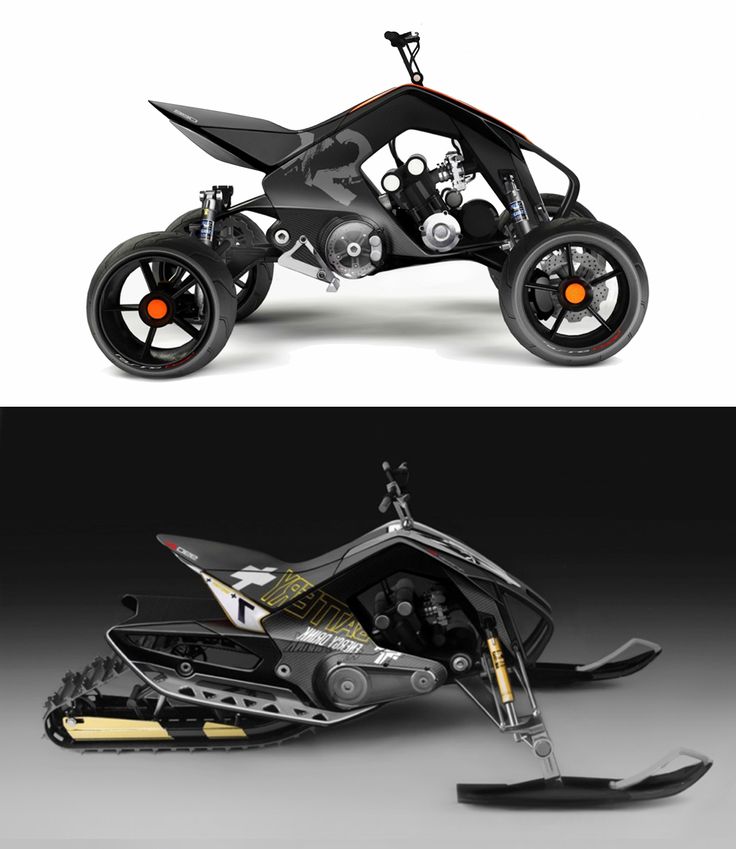
Given the fact that some parts of our vast country spend most of the year under cover of snow, a snowmobile ATV is definitely suitable for the first option. For this beast there are no restrictions when driving in winter, it is completely indifferent to what snow, ice, permafrost is under the skis, you can conquer the endless expanses of fields and forests on it. Just imagine hunting in winter, how fast you can move or come to the place for fishing and settle down, taking everything you need with you. Also, on a snowmobile ATV, driving skills develop very quickly and after it it is not a problem to transfer to a traditional ATV.
Here, it seems that the wheel ATV is the clear winner in this matter. However, if you correctly estimate how it is, namely from October (sometimes from November) to April (May) there is snow on the street, then you get either equal time intervals, or the snowmobile even has a longer annual service life.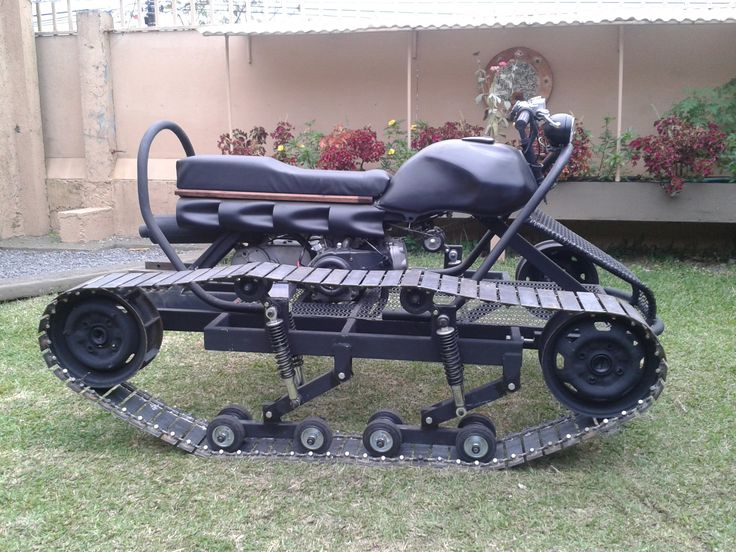
When considering this item, it is worth noting that in summer there are also a lot of unfavorable factors, for example, heat, heat, hordes of insects, rains or showers. The problem of frost or cold is solved very simply by special uniforms that will withstand great cold.
If we talk about safety, then we can say very accurately that if used incorrectly, absolutely everything is dangerous, so you should not classify the snowmobile ATV in a separate very dangerous category. To get the maximum amount of emotions and adrenaline, you can use one and the second vehicle. But the feeling of freedom when riding a snowmobile can't be beaten by riding an ATV.
At the expense of prices, snowmobile ATVs win here. When assessing the average cost in one and the other aspect of technology, it turns out that the cheapest quad is more expensive than the average snowmobile quad.
ATV driver (snowmobile)
Description
Category A I is off -road (not intended for traffic on public roads) Motor transportation:
Do not confuse category A1 with category A on your driver's license.
Category A1 applies to off-road motor vehicles, while category A is needed to control, for example, a motorcycle. The motorcycle is intended for driving on public roads. It is registered with the traffic police, and ATVs and snowmobiles - with the Gostekhnadzor inspection.
How do you know that you have purchased equipment belonging specifically to category A1?
It's very simple: the category is indicated in the passport of the self-propelled vehicle (ATVs, snowmobiles and snow and swamp vehicles are self-propelled vehicles) and the registration certificate.
To operate such equipment, a tractor driver's license (UTM) with an open category A I is required.
Training can be completed on the job, in the shortest possible time.
You can study remotely.
2) Pass exam for the right to drive category AI equipment.
(Exams are taken by the Gostekhnadzor inspector in the presence of our representative)
is passed according to the Rules of the Road (SDA) and the Safe Operation of Self-Propelled Machines (BE SM)
If you have a driver's license or a tractor driver's license, you do not need to take an exam on traffic rules.
If you opened category A (motorcycles) in your driver's license before January 1, 2000 , then you do not need to study and pass exams, the Gostekhnadzor inspection will open category AI for you without studying and exams.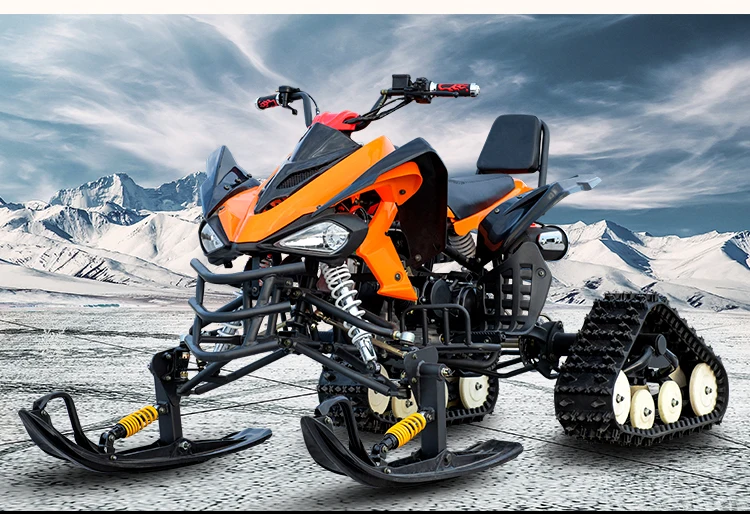
Requirements for the candidate
Persons who do not have medical contraindications are accepted for training, at the age of from 16 years old.
Application methods:
Call us;
Send an e-mail;
Come to the training center;
Fill out an application on the website.
(partially possible)
Payment methods:
In the bank according to our details;
At the training center in cash or by card.
Requisites:
Short name: PI DPO "UCPK "VIRMAIN"
TIN: 7106057345/
gearbox: 710301001
R / account No. 407 038 106 000 400 001 39
Branch of Bank GPB (JSC) Srednerussky, Tula
Bank account 301 018 107 000 000 007 16
BIC 047003716
Without VAT.